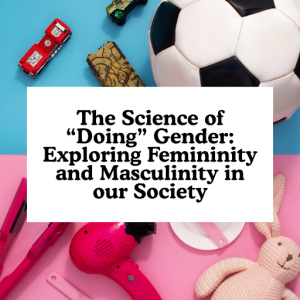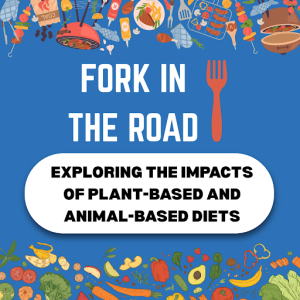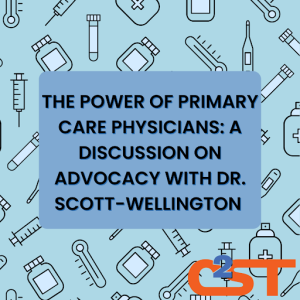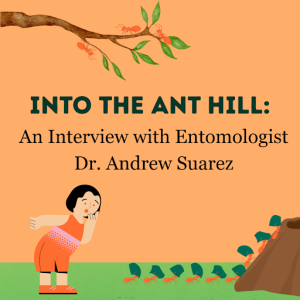By Riley Henry, C2ST Intern, Loyola University

Library content is labelled in admin pages as ‘Post’ under the ‘Category’ column
By Riley Henry, C2ST Intern, Loyola University

By Allis Emmet, C2ST Intern, DePaul University
In the past decade or so, plant-based diets have shifted from niche to mainstream. Oat milk, cauliflower wings, Green Goddess salads, Beyond Beef— and the list goes on. But what is motivating this trend? In the U.S., our food production takes up a massive amount of our natural resources—50% of our land, 80% of our fresh water, and 17% of our fossil energy. While this includes all forms of agriculture, the meat and dairy industries use the most resources by far. The majority of cropland in the U.S. is used to grow food for livestock, not people. Any clue how many livestock are bred in the U.S. each year? The yearly livestock population is around 9 billion, which weighs 5 times as much as the U.S. human population! In effect, animal agriculture requires an abundance of energy yet yields less in comparison to plants.

Continue reading “Fork in the Road: Exploring the Impacts of Plant-Based and Animal-Based Diets”
By Zyara Morton, C2ST Intern, University of Illinois Urbana-Champaign
Explore how human-created noise pollution is impacting whales in our oceans.
By Elizabeth Carroll, C2ST Intern, Loyola University
This new device uses the simple power of light to repair suffering coral reefs, offering brighter outcomes in the face of climate change.
By Rowan Dunbar, C2ST Intern, University of Illinois Chicago
With reports projecting a shortage of over eighty-seven thousand full-time primary care physicians (PCPs) by 2037, there has never been a better time to highlight the importance of primary care. Research has shown that patients with better access to primary care live longer, healthier lives. To learn more about the critical roles PCPs play in people’s health, specifically adolescents, I spoke with Dr. Felicia Scott-Wellington, a proud Chicagoan, adolescent medicine physician, and advocate for her patients. We discussed her path to adolescent medicine, why this field is unique, and how marginalization impacts her patients.

By Zyara Morton, C2ST Intern, University of Illinois Urbana-Champaign
We share the earth with a wide array of diverse animals, insects, and plants. Within our day-to-day life, however, we might only come across a few of the many species residing on this planet. One type of small and abundant creature we see a lot of is the ant! Ants are incredibly diverse, and with such a wide variety in behavior, I began to wonder more about these little critters. Luckily, I had the incredible opportunity to interview Dr. Andrew Suarez, an Assistant Professor of Entomology, or the study of insects, at the University of Illinois Urbana-Champaign. Dr. Suarez specializes in ant ecology and behavior. So put your worker hat on, and follow me into the ant hill, as we learn more about Dr. Suarez, and these tiny creatures.

Continue reading “Into the Ant Hill: An Interview with Entomologist Dr. Suarez”